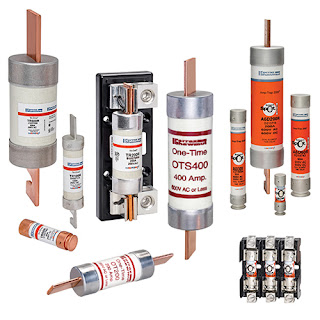Pam-Comfort Helps Renault Design New Seat
The chaining is necessary to accurately predict the behaviour of the seats under numerous loading conditions (trimming, dummy loading, various human anthropometries and vibrations) and for various design changes (materials and shape). At Renault, where the full virtual seat prototyping methodology is being deployed, an important step after the preliminary design of a new seat is the virtual testing of the dynamic comfort performance using Pam-Comfort.
To accurately predict seat comfort, Renault runs a dynamic test of seat transmissibility with a static weight. The test helps evaluate the seat frequency response and thus informs Renault about how the seat contributes to the vertical acceleration filtering of the car, which is important for dynamic seat comfort. This test is used to improve and validate the seat design. Renault simulated this test procedure with a finite element calculation using Pam-Comfort. After completing the seat-manufacturing simulations, a dummy is imported in the model to launch the computation.
This calculation is divided in two phases: first, a static phase in which the dummy is seated and where the equilibrium is computed to precisely know the stress and strain states of the various parts of the seat; second is a dynamic phase in which a vertical acceleration signal is applied to the seat rail to obtain the seat dynamic transmissibility at the interface with the dummy. Computed results showed a good level of correlation with physical tests, therefore confirming the validity and predictability of both Renault's simulation modelling and the methodology applied.


Comments